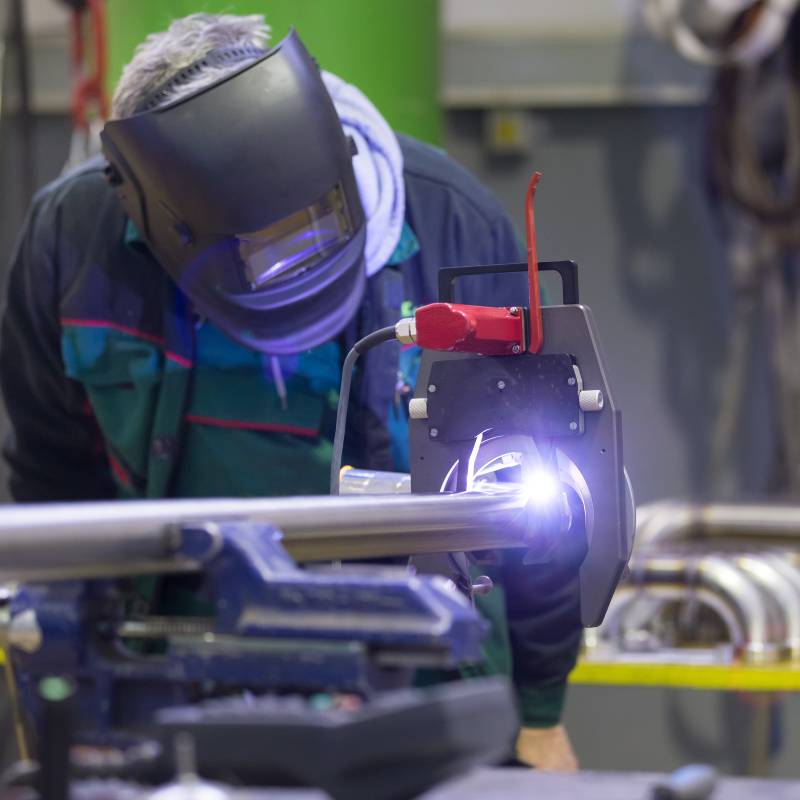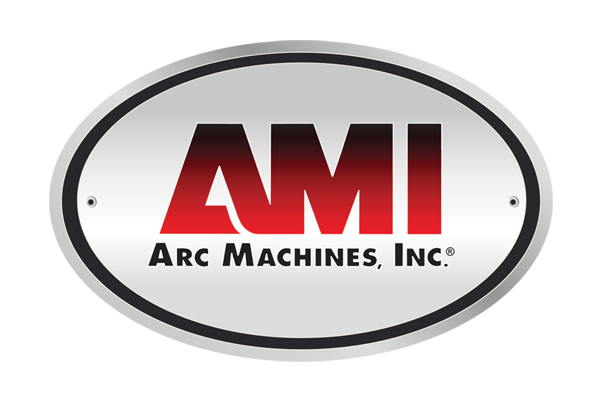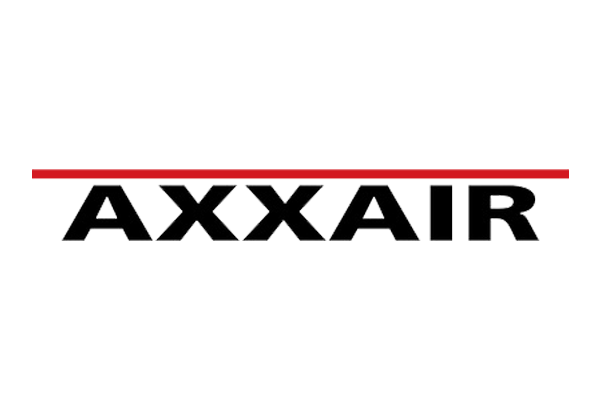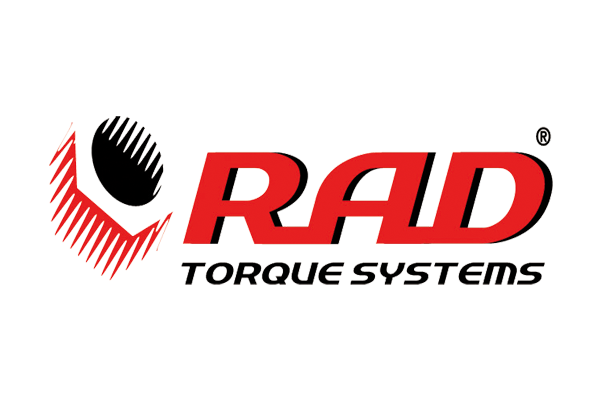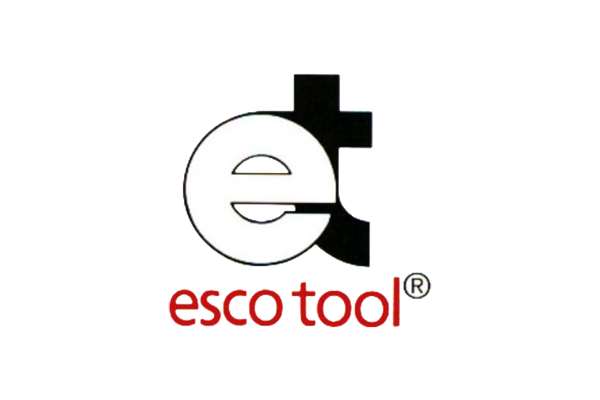How Orbital Welding Changed Pharma Grade Welding
Orbital welding has revolutionized the pharmaceutical industry by delivering unmatched precision and meeting hygiene standards essential for manufacturing critical drug products. Traditional welding methods often pose risks of contamination and inconsistency, both of which are unacceptable in environments where purity and reliability are paramount. The advent of orbital welding technology brought about a paradigm shift, enabling highly accurate and repeatable welds that meet stringent regulatory requirements.
Let’s look at how orbital welding changed pharma-grade welding and the reasons behind its widespread adoption in the pharmaceutical industry.
The Need for Change
Before orbital welding, the pharmaceutical industry relied on manual TIG (tungsten inert gas) welding techniques to join stainless steel pipes and fittings. While these methods were widely popular, they had inherent limitations that made them unsuitable for critical applications. Manual TIG welding requires skilled technicians who can consistently achieve precision welds with minimal defects. Moreover, the process involved prolonged exposure of the weld zone to atmospheric air, increasing the risk of contamination and defects. This posed a significant challenge in an environment where product purity is paramount.
Enter Orbital Welding
Orbital welding was developed in the 1960s as a solution to overcome the limitations of traditional welding methods. It revolutionized the pharmaceutical industry by automating the welding process, eliminating the need for human intervention, and ensuring consistent, high-quality welds. The technology involves rotating an electrode around a stationary pipe or fitting while simultaneously feeding filler material to achieve a precise, uniform weld. This closed-loop system reduces the risk of contamination and produces clean welds with minimal heat-affected zones.
Advantages of Orbital Welding in Pharma
The use of orbital welding has several advantages that make it ideal for pharma-grade welding:
- High precision: Orbital welding offers unparalleled accuracy and repeatability, making it suitable for critical applications that require precision welds.
- Minimal contamination risk: By keeping the weld zone isolated from atmospheric air, orbital welding significantly reduces the risk of contamination and ensures product purity.
- Efficiency and consistency: The automated process eliminates human error, ensuring consistent weld quality throughout production. It also reduces welding time, increasing efficiency.
- Cost savings: While initially more expensive than traditional methods, the use of orbital welding can result in long-term cost savings due to reduced rework and scrap rates.
Widespread Adoption
The pharmaceutical industry has embraced orbital welding for its numerous benefits, making it the go-to method for pharma-grade welding. Regulatory agencies such as the Food and Drug Administration (FDA) have strict guidelines for drug manufacturing processes, including welding procedures. Orbital welding helps companies comply with these regulations by producing clean welds with minimal defects and contamination risks.
Orbital welding has been a game-changer in the pharmaceutical industry, enabling manufacturers to meet stringent regulatory requirements and consistently produce high-quality products. By eliminating human error and reducing the risk of contamination, orbital welding has made pharma-grade welding more efficient, cost-effective, and reliable. As technology continues to advance, we can expect further developments in orbital welding that will continue to shape the future of the pharmaceutical industry.
If you need orbital weld heads, SEC Industrial can help. We offer a wide range of orbital welding equipment and accessories to meet the needs of various industries, including pharmaceuticals. Contact us today to learn more about how our products can benefit your business.
